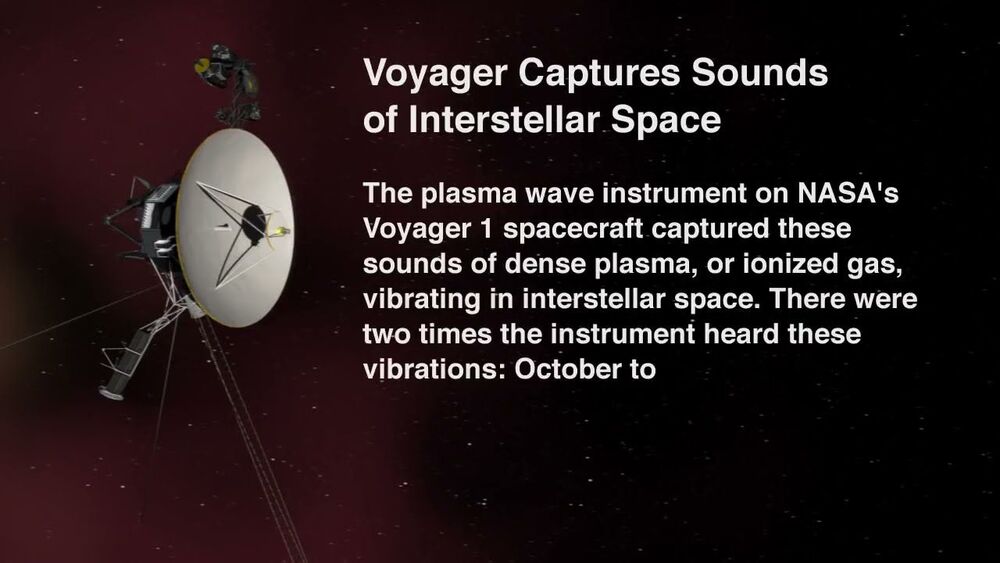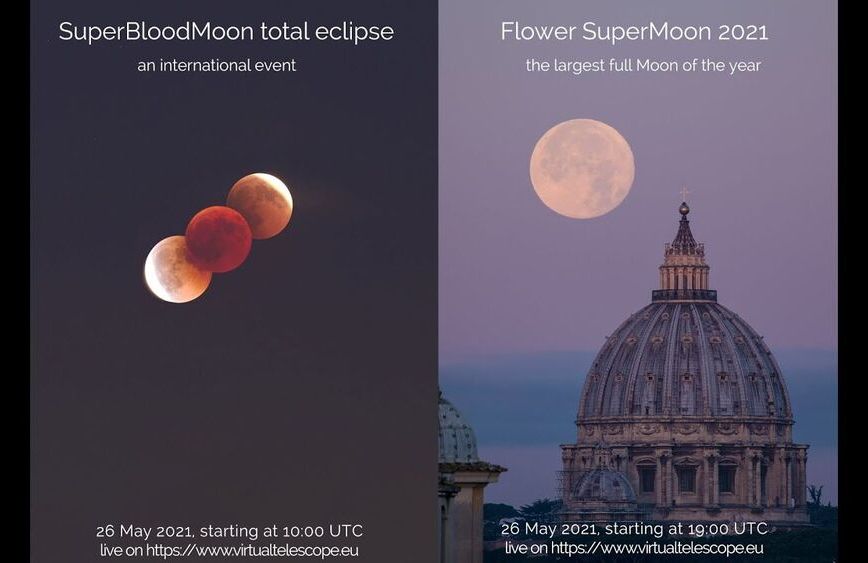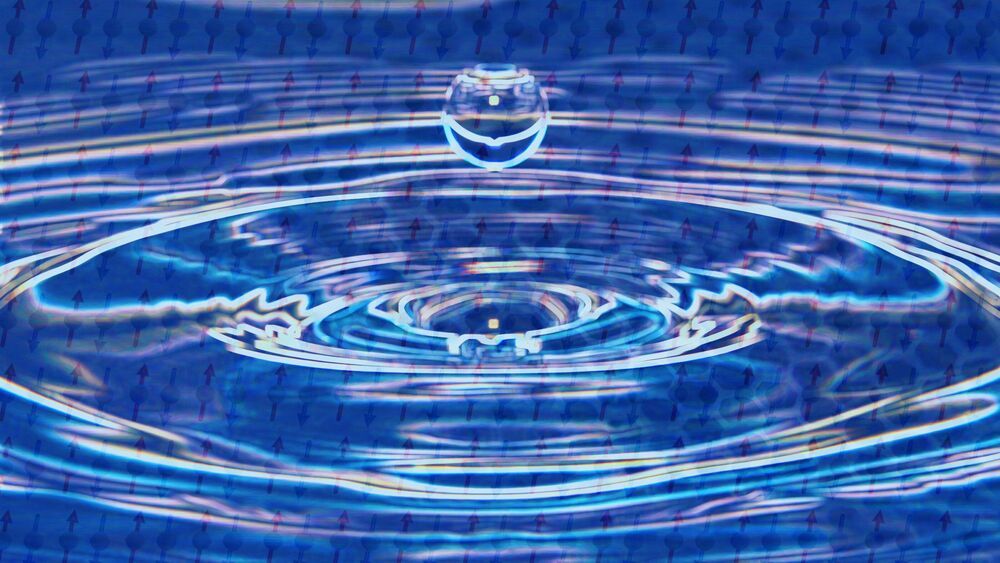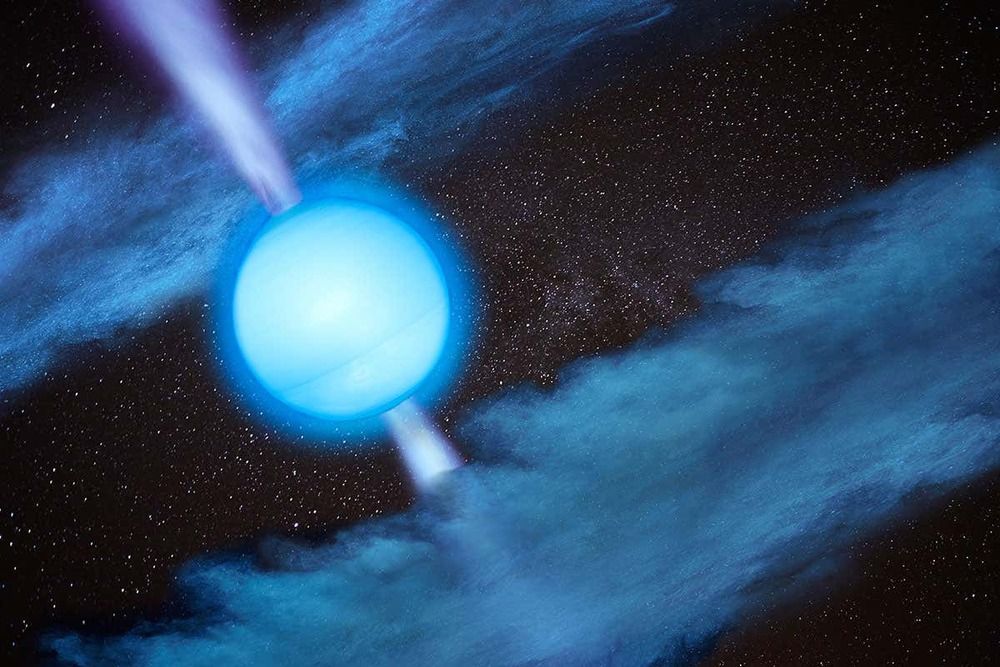Particle physics is a field of extremes. Scales always have 10really big number associated. Some results from the Large Hadron Collider Beauty (LHCb) experiment have recently been reported that are statistically significant, and they may have profound implications for the Standard Model, but it might also just be a numbers anomaly, and we won’t get to find out for a while. Let’s dive into the basics of quantum particles, in case your elementary school education is a little rusty.
In the sparse collection of atoms that fills interstellar space, Voyager 1 has measured a long-lasting series of waves where it previously only detected sporadic bursts.
Until recently, every spacecraft in history had made all of its measurements inside our heliosphere, the magnetic bubble inflated by our Sun. But on August 25, 2012, NASA ’s Voyager 1 changed that. As it crossed the heliosphere’s boundary, it became the first human-made object to enter – and measure – interstellar space. Now eight years into its interstellar journey, a close listen of Voyager 1’s data is yielding new insights into what that frontier is like.
If our heliosphere is a ship sailing interstellar waters, Voyager 1 is a life raft just dropped from the deck, determined to survey the currents. For now, any rough waters it feels are mostly from our heliosphere’s wake. But farther out, it will sense the stirrings from sources deeper in the cosmos. Eventually, our heliosphere’s presence will fade from its measurements completely.
Your complete guide to seeing the ‘supermoon’ turn red during North America’s total lunar eclipse on May 26, 2021.
Super flower blood moon. Blood flower supermoon. Call it what whatever you like. It’s going to be beautiful.
We are pausing this live coverage for a while, but will bring you any key developments and breaking news when it happens.
We don’t spy on American citizens
Posted in futurism
A new discovery led by Princeton University could upend our understanding of how electrons behave under extreme conditions in quantum materials. The finding provides experimental evidence that this familiar building block of matter behaves as if it is made of two particles: one particle that gives the electron its negative charge and another that supplies its magnet-like property, known as spin.
“We think this is the first hard evidence of spin-charge separation,” said Nai Phuan Ong, Princeton’s Eugene Higgins Professor of Physics and senior author on the paper published this week in the journal Nature Physics.
The experimental results fulfill a prediction made decades ago to explain one of the most mind-bending states of matter, the quantum spin liquid. In all materials, the spin of an electron can point either up or down. In the familiar magnet, all of the spins uniformly point in one direction throughout the sample when the temperature drops below a critical temperature.
A letter obtained by Motherboard discusses internet browsing, location, and other forms of data.
Fully vaccinated people don’t need to wear a mask or physically distance during outdoor or indoor activities, large or small, federal health officials said, the fullest easing of pandemic recommendations so far.
The fully vaccinated should continue to wear a mask while traveling by plane, bus or train, and the guidance doesn’t apply in certain places like hospitals, nursing homes and prisons, the U.S. Centers for Disease Control and Prevention said Thursday.
The agency said it was making the revisions based on the latest science indicating that being fully vaccinated cuts the risk of getting infected and spreading the virus to others, in addition to preventing severe disease and death.
Physicists have measured the “skin” of an atom for the first time and, perhaps unsurprisingly, it is extremely thin. The measurement may help us understand the properties of neutron stars.
Lead-208, an isotope that contains 82 protons and 126 neutrons, has a type of nucleus that physicists refer to as “doubly magic” because both the protons and the neutrons are arranged neatly into shells inside the nucleus. These shells keep the atom relatively stable and make it simpler to experiment on, so when the PREX collaboration at the Thomas Jefferson National Accelerator Facility in Virginia set out to measure neutron skin, they opted to experiment on lead-208.









